Yeardo year, scientists break new ground in their efforts to understand the lives and mysteries of the cosmos. Here are eight milestones in 2024 that attracted our attention.
Reading the mind of a fruit fly
The first full brain map of a fruit fly details all 139,255 nerve cells and 54.5 million links between them. It is the largest brain map made of any animal, although the fruit fly brain is of poppy size (Sn: 11/2/24, p. 32). The map can lead to a deeper understanding of how information comes to the brain.
Nuclear time
Scientific hours debuted the first prototype nuclear hour in the world. The nuclear time would base time on the level of energy fluctuation in the atomic nuclei. While the prototype is not a fully operational hour, its development showed the scientists the exact frequency of light required to set fluctuations at the energy levels of the atomic nuclei (Sn: 10/5/24, p. 7). Nuclear clock can help scientists explore basic physics – a field of science that deals with potential discovery.
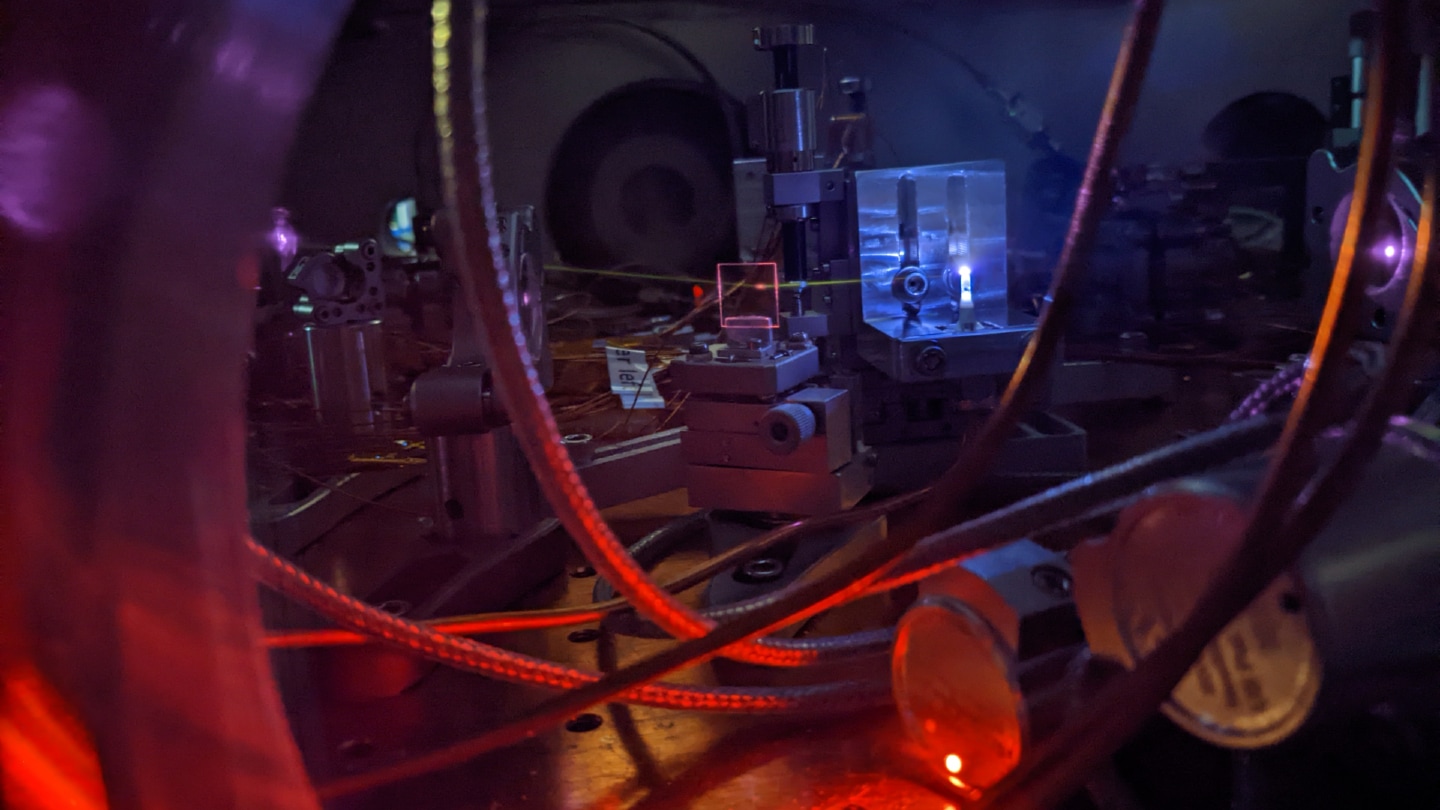
Protection with panda
Biology Giant Panda took a big step ahead this year: for the first time, researchers transformed bear skin cells into stem cells that can be joined in any other type of cell in the body (Sn: 10/19/24, p. 10). Being able to take the skin cells and end up with, say, predecessors of sperm and egg cells give the conservatives one foot in protecting giant panda from extinction by increasing breeding and enlargement of the small bear gene.
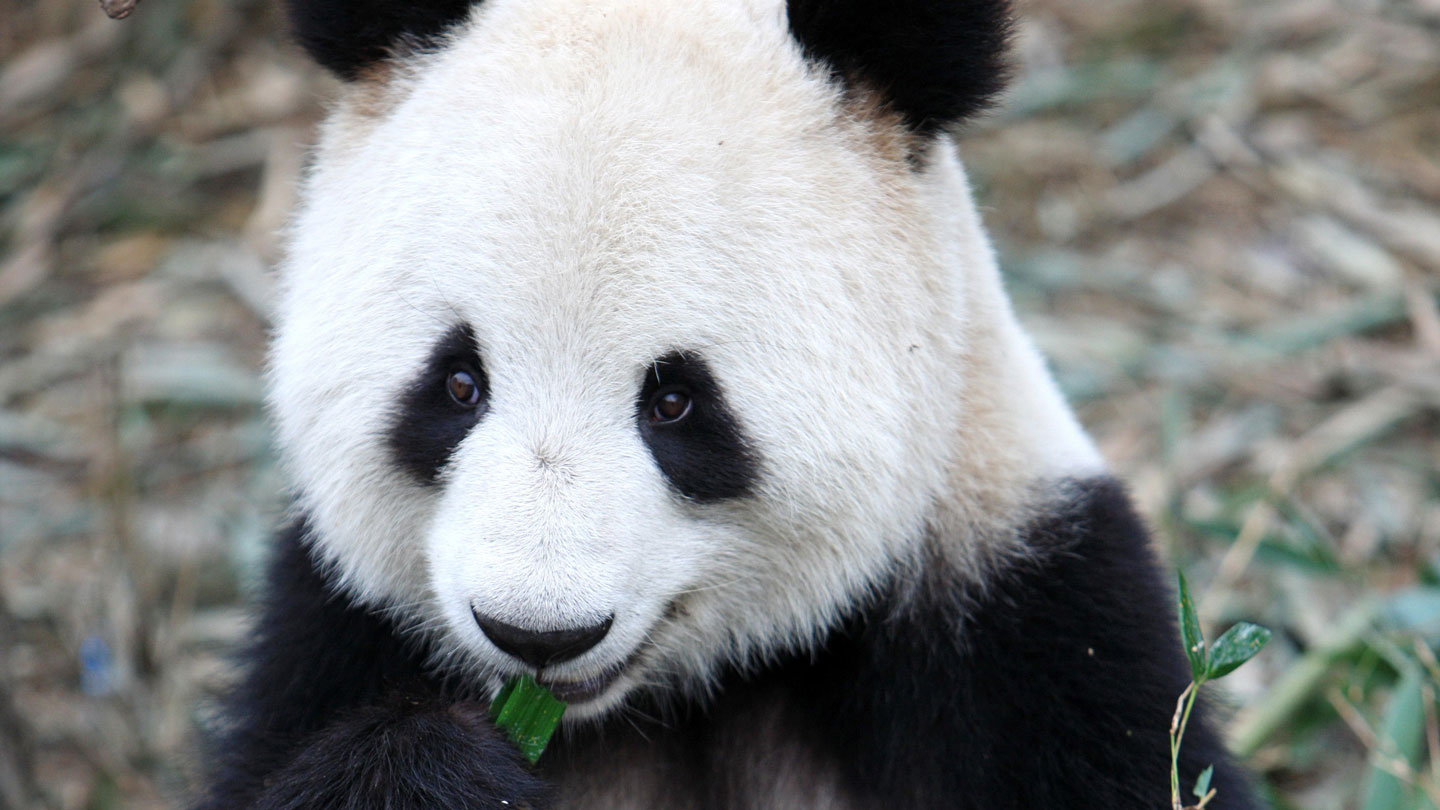
New nitrogen
An Eukaryote has joined some bacteria and arkea at the nitrogen fixing club. One type of marine algae has an internal factory that converts nitrogen into ammonia, a biologically usable form (Sn: 4/11/24). The factory probably began as a special form of life that entered a symbiotic relationship with the eukaryotic. Over the millennia, the two can have been so intertwined that they became an organism.
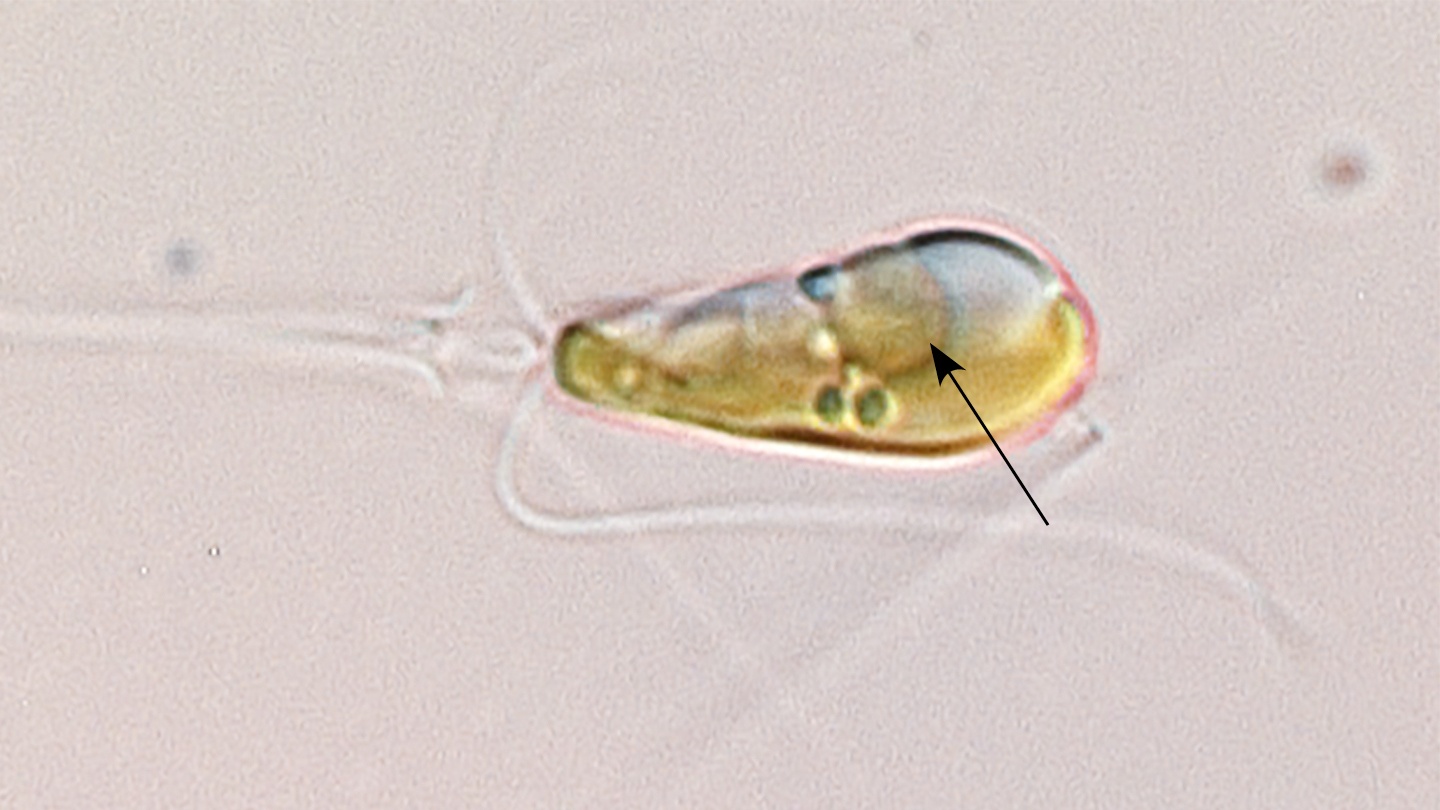
Ultra -rot
By destroying the protons on a fixed target, physicists witnessed a predicted but never before confirmed the breakdown of particles (Sn: 10/19/24, p. 16). The collision produced maternal particles called kaons. Those canons rot in an unusual combination of the other three types of particles at a rate of about 13 to 100 billion times. Continuous investigation into decay can help detect new physics.
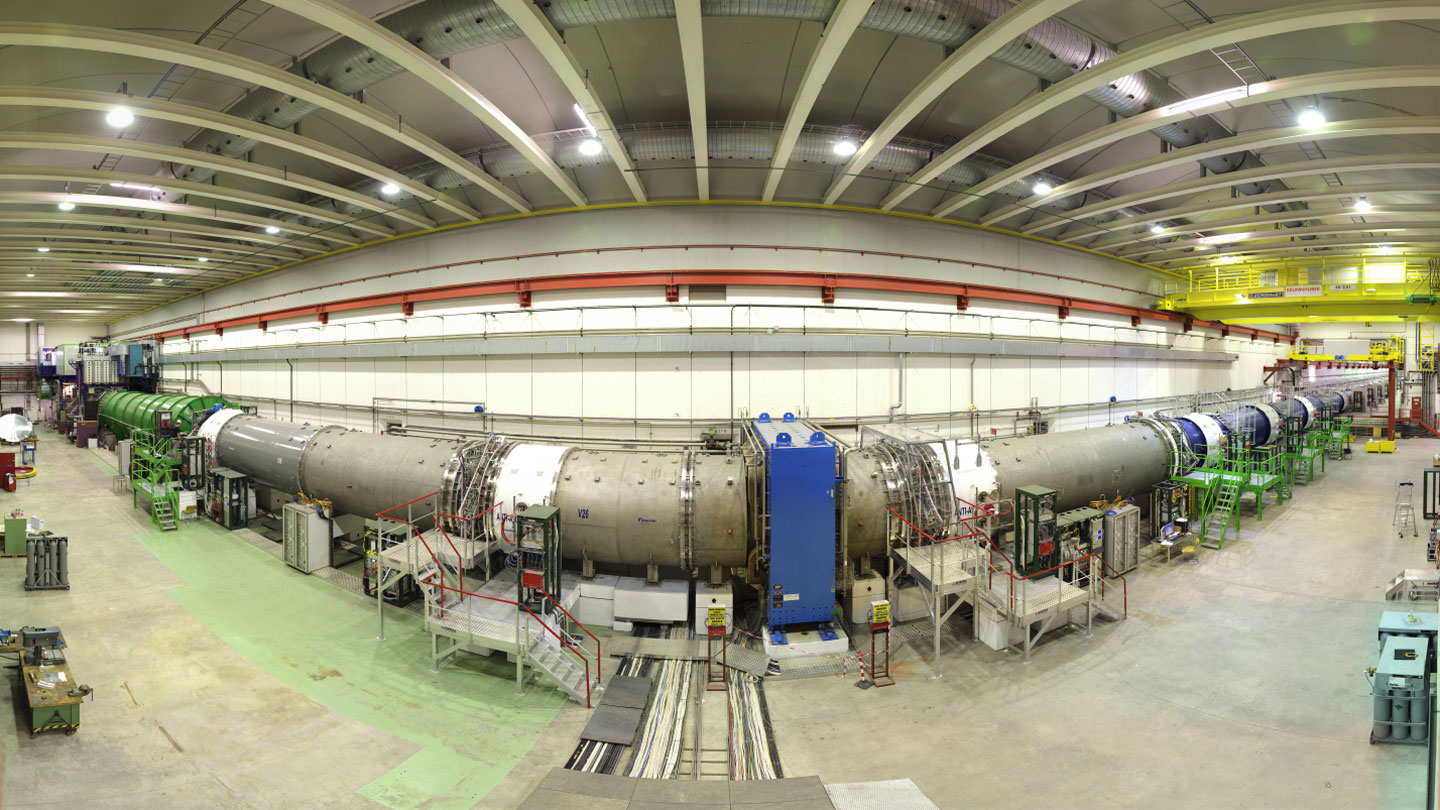
The recycling of the dead weight
Cyathea Rojasiana Tree Fern is the first plant known to turn its dead leaves into the root (Sn: 2/24/24, p. 5). The leaves overwhelm the roots, which Fern can be used to look for nutrients on the land of panamez forests. Researchers now want to understand how the roots absorb nutrients.
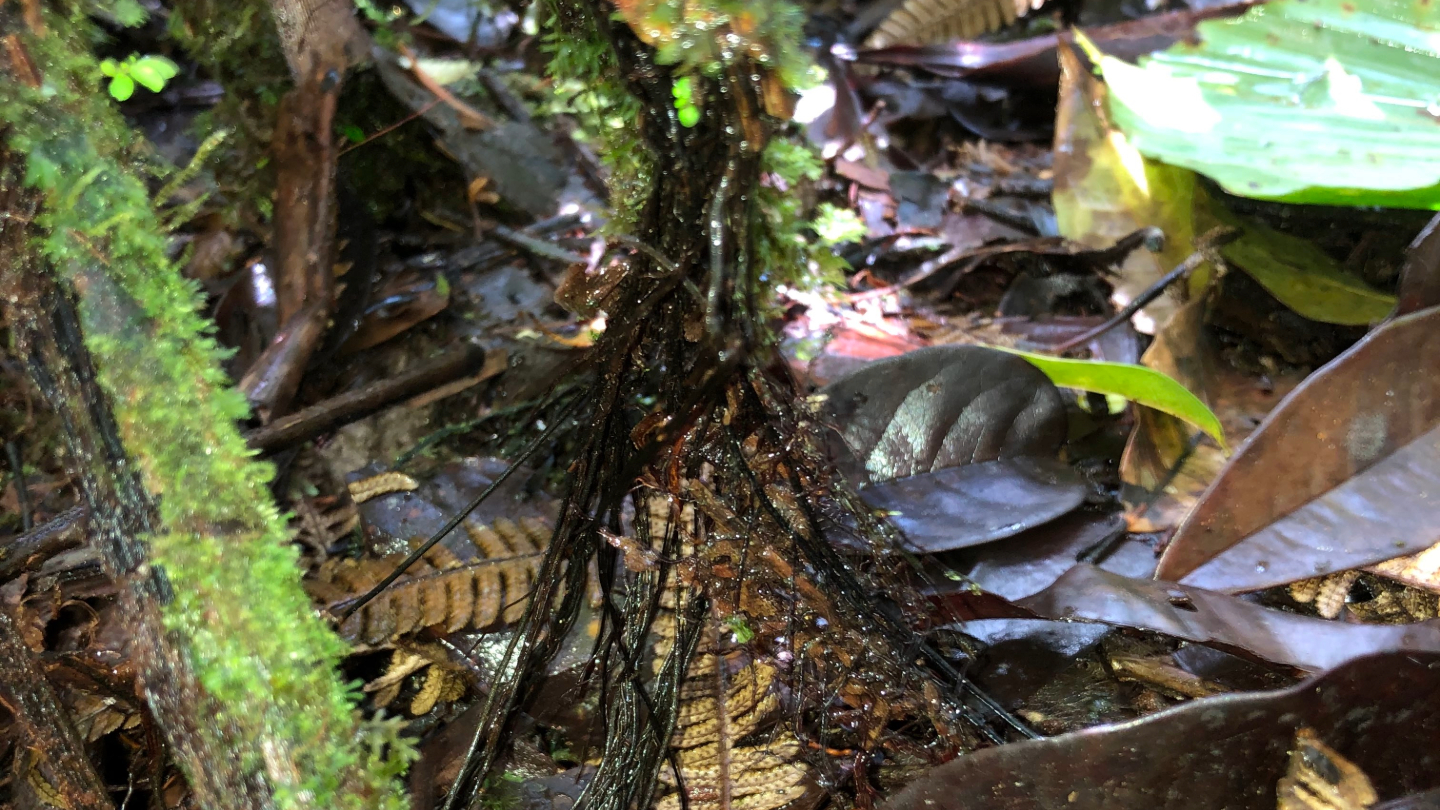
The awakening of the black hole
In a sleepy galaxy not far away, a supermasive black hole seems to be gradually waking up, providing astrophysicists with their first glance of a black hole passing from dark and smooth to bright and active (Sn: 7/13/24 & 7/27/24, p. 7). When supermasive black holes consume materials such as the stars, they usually shine only a few days a week. But lucky for scientists, this black hole has remained bright for years. While researchers are not completely sure why the black hole continues to shine, they are closely following the situation and hoping to gather some knowledge of how black holes grow.
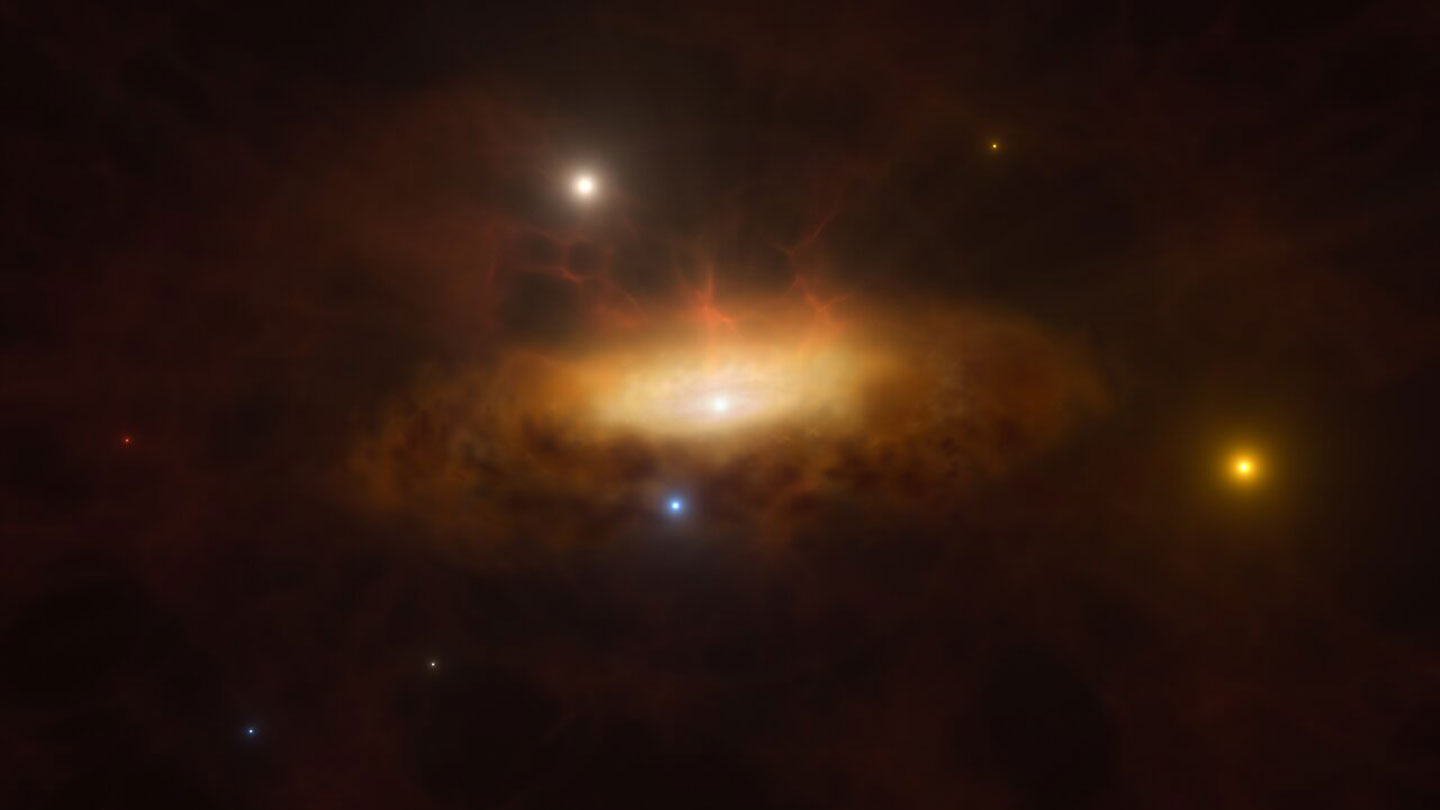
Quantum physics versus Earth’s speed
The Earth’s rolling rate is well located, but scientists measured it in a new way, using the quantum particles of entangled (Sn: 7/14/24 & 7/28/24, p. 5). The theories of quantum physics and gravity are largely incompatible, so it was mentioned that the measurements of the experiment aligned with the degree of known land rotation. Physicists hope that the experiment will open the doors for further research to demystify how gravity and quantum physics interact.
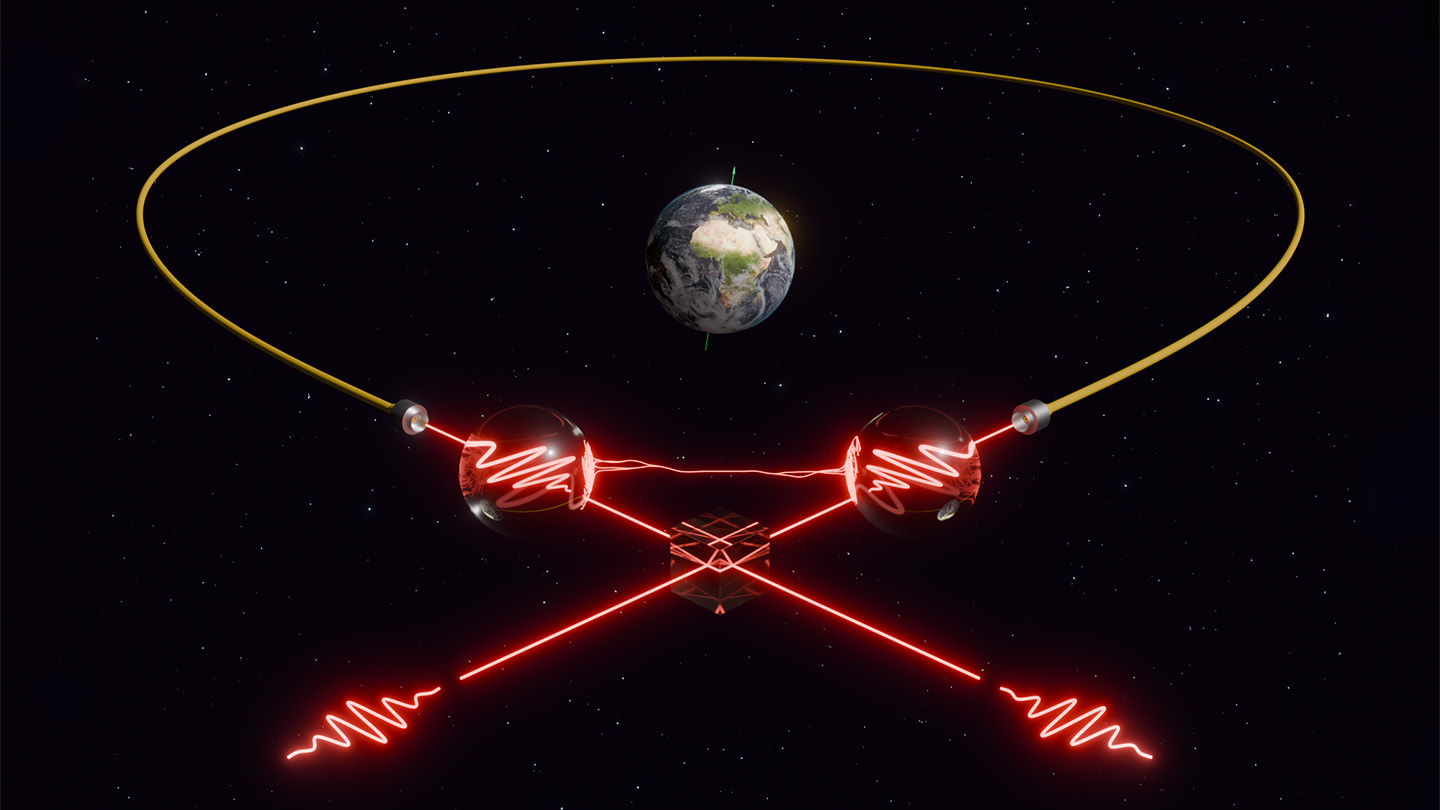
#scientific
Image Source : www.sciencenews.org